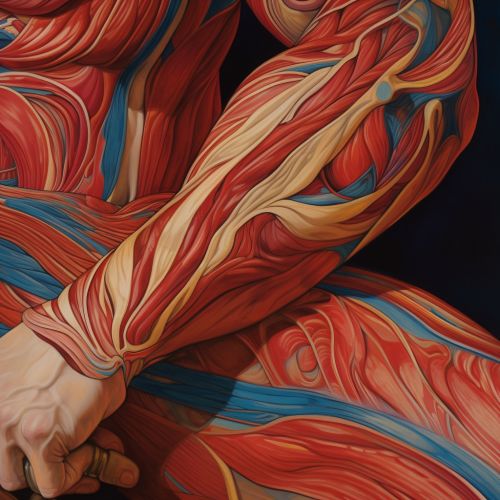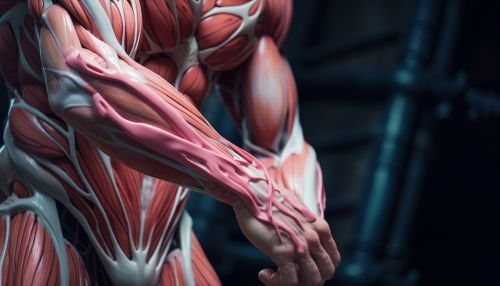The Science of Human Touch and Proprioception
Introduction
The science of human touch and proprioception is a fascinating field that explores the complex mechanisms behind our ability to sense and perceive the world around us. This article delves into the intricacies of these two sensory systems, their physiological basis, their role in human behavior and cognition, and the implications of their dysfunction.


The Sense of Touch
The sense of touch, also known as tactile perception, is one of the five traditional senses. It is a complex system that allows us to perceive pressure, temperature, pain, and other tactile stimuli. The sense of touch is mediated by a variety of specialized sensory receptors located in the skin and other tissues.
Physiology of Touch
The skin, the body's largest organ, is the primary organ involved in the sense of touch. It is densely populated with a variety of sensory receptors, each designed to respond to specific types of tactile stimuli. These include mechanoreceptors for pressure and vibration, thermoreceptors for temperature, and nociceptors for pain.
When these receptors are stimulated, they generate electrical signals that are transmitted to the brain via sensory nerves. The processing and interpretation of these signals in the brain give rise to the conscious perception of touch.
Role in Human Behavior and Cognition
The sense of touch plays a crucial role in human behavior and cognition. It is essential for a wide range of activities, from basic survival functions like avoiding harmful stimuli to complex social interactions like conveying empathy through a comforting touch.
In addition, research has shown that touch can have profound effects on our mental and emotional states. For example, studies have found that tactile stimulation can reduce stress, improve mood, and even enhance cognitive performance.
Disorders of Touch
Disorders of touch, known as tactile disorders, can result from damage or dysfunction in any part of the touch sensory system. These disorders can have a significant impact on a person's quality of life, affecting their ability to perform everyday tasks and interact with their environment.
Some common tactile disorders include hyperesthesia, an increased sensitivity to touch, and hypoesthesia, a decreased sensitivity to touch. Other disorders, such as allodynia and dysesthesia, involve abnormal or distorted perceptions of touch.


Proprioception
Proprioception, often referred to as the "sixth sense," is the sense of the relative position of one's own parts of the body and strength of effort being employed in movement. It is a crucial component of our sensory system, enabling us to move smoothly and accurately without constantly watching our limbs.
Physiology of Proprioception
Proprioception is mediated by proprioceptors, specialized sensory receptors located in the muscles, tendons, and joints. These receptors detect changes in muscle tension and joint position, providing the brain with information about the position and movement of the body.


The information from the proprioceptors is transmitted to the brain via sensory nerves. The brain integrates this information with input from other sensory systems, such as vision and the vestibular system, to create a coherent perception of body position and movement.
Role in Human Behavior and Cognition
Proprioception plays a vital role in many aspects of human behavior and cognition. It is essential for coordinating movements, maintaining balance, and performing complex motor tasks.
In addition, proprioception has been found to contribute to our sense of body ownership and self-awareness. Studies have shown that disruptions in proprioception can lead to strange phenomena such as the feeling of being detached from one's body or the perception of a phantom limb in amputees.
Disorders of Proprioception
Disorders of proprioception can result from damage or dysfunction in the proprioceptive sensory system. These disorders can significantly affect a person's ability to move and interact with their environment.
Common proprioceptive disorders include ataxia, a lack of coordination and balance, and apraxia, a difficulty in performing purposeful movements. Other disorders, such as phantom limb syndrome and body integrity identity disorder, involve abnormal perceptions of body position and ownership.


